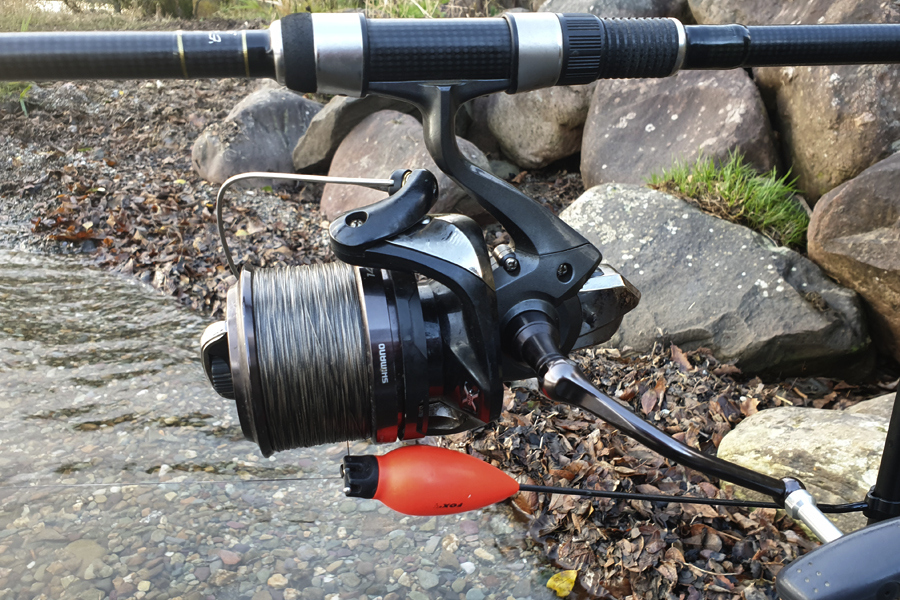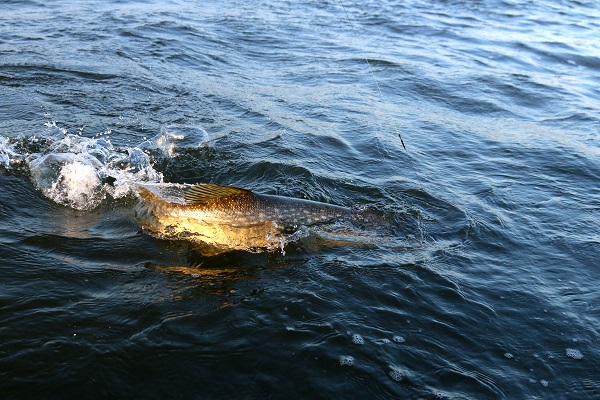Speak to any seasoned pike angler and one of the first things they will say to a newcomer to the sport is the importance of good bite detection. Unlike other coarse species such as carp where self hooking bolt rigs are common place, pike fishing does not have any fool-proof self hooking rigs. Meaning that hooking pike cleanly in the front of the mouth all comes down to the anglers ability, bite indication setup and experience. Practising the aforementioned will eliminate the chances of deep hooking a pike.
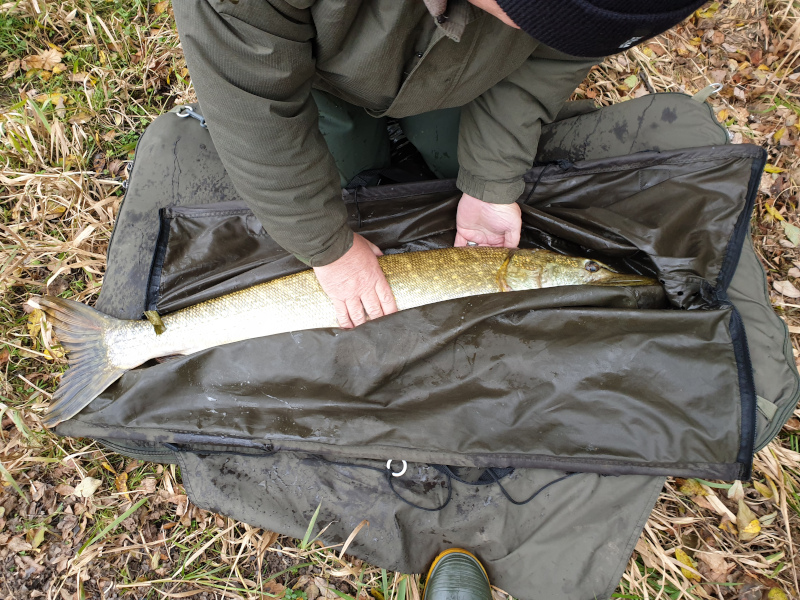
When using any sort of ledgering tactics, there are two main indicators that you require, these are audible and visual bite indicators.
Audible Indication
Audible indication comes in the form of a bite alarm. These small electronic devices sound when the line moves either forwards or backwards on the alarm itself. Most alarms implement a roller system, which the line sits on. When the line moves over the rollers, the alarm makes a sound.
This indicates a fish has picked up your bait and is moving either away from you or towards you.
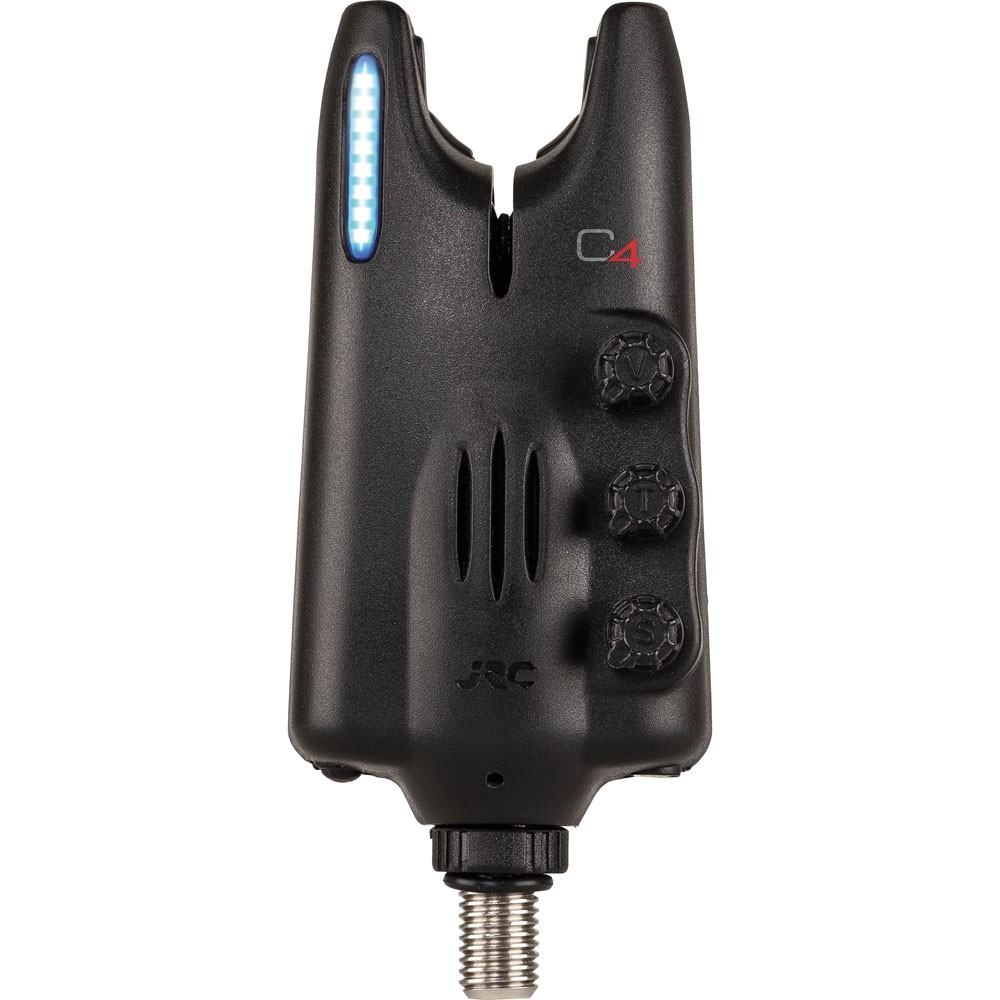
Bite alarms come with a variety of settings including volume, tone and sensitivity settings. The volume tone controls the volume of the audible tone, the tone control allows you to change the alarm tone from high to low. This is a practical feature if fishing multiple rods or fishing with another angler and will allow you to differentiate between each other’s rods quickly.
Finally, we have a sensitivity control, this feature does not come integrated on all bite alarms but it’s definitely one we would recommend. The sensitivity feature allows you to change the sensitivity of the rollers on the alarm. The lower the sensitivity the more line that is required to pass over the roller to make the alarm sound. The higher the sensitivity the less amount of line is required to pass over the roller to sound the alarm.
The sensitivity function allows you to alter the bite alarms sensitivity to compensate for varying weather conditions and fishing scenarios. This not only maximises the sensitivity of your bite detection but it also stops any complacency setting in if you have an incorrectly set alarm or an alarm that does not have a sensitivity control integrated. Alarms that do not have sensitivity function call, can fall victim to the dreaded “wind bite”. This is when the wind moves your line causing the alarm to sound premature – which can lead to complacency on the anglers part.
Visual Indication
Once we have the audible indication set in place. You need a visual indicator implemented in your setup. The visual indicator shows us exactly how the pike is behaving when it picks up a bait. If a pike picks up a bait and moves towards the bank the visual indicator will drop this is known as a ‘drop back’. If a pike picks up a bait and moves away from you. Then the indicator will move upwards and then fall off.
It’s extremely important to use a visual bite indicator in conjunction with a bite alarm, if you don’t you will miss drop backs progressing and this will inevitably result in a deeply hooked fish.
The weight of the visual bit indicator is required to show a drop back if there is no weight behind the alarm. Then a drop back will not be highlighted and this will result in a deep hooked fish.
Front indicator
A front bite indicator sits below your bite alarm. They come in various forms and styles from chain bobbins to solid metal arms that incorporate counterbalance weights. These form of bite indicators are used in conjunction with a baitrunner reel setup.
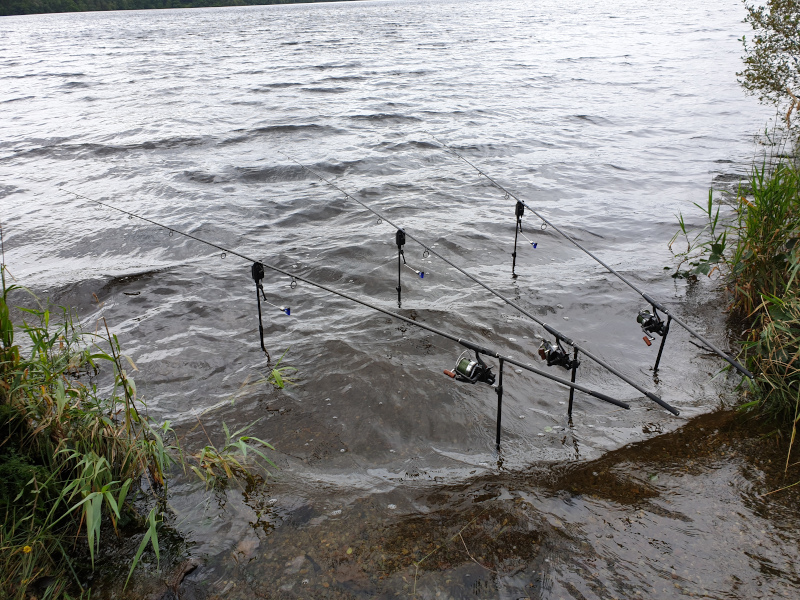
Rear indicator
The more traditional approach, the rear drop off indicator sits below your reel and is fished with an open bail arm to further reduce resistance. The rear swinger keeps the line tight when it’s clipped up, this ensures your line does not automatically peel off the reel spool. This form of indication is used in conjunction with an open bail arm setup.

Rod and Line Alignment
For optimum bite detection, ensure your rod is pointing in the same direction your line is going out. The reason for this is to ensure the line goes directly back to the alarm. If the rod is at an angle from the line, then any subtle hits won’t register accurately on the alarm immediately. It will be dampened by the rod tip first before it makes contact with the alarm.

Summary:
To recap, you want to keep your line tight to your rig at all times, keep your rod and line pointing in the same direction, use a bite alarm as a form of audible bite indication – preferably one with a sensitivity function as this will allow you to alter your bite indication to suit the fishing conditions around you and use a visual bite indicator such as rear of front bite indicator – these visual bite indicators will allow you to determine what the pike is doing ie: drop back or moving away from you.


